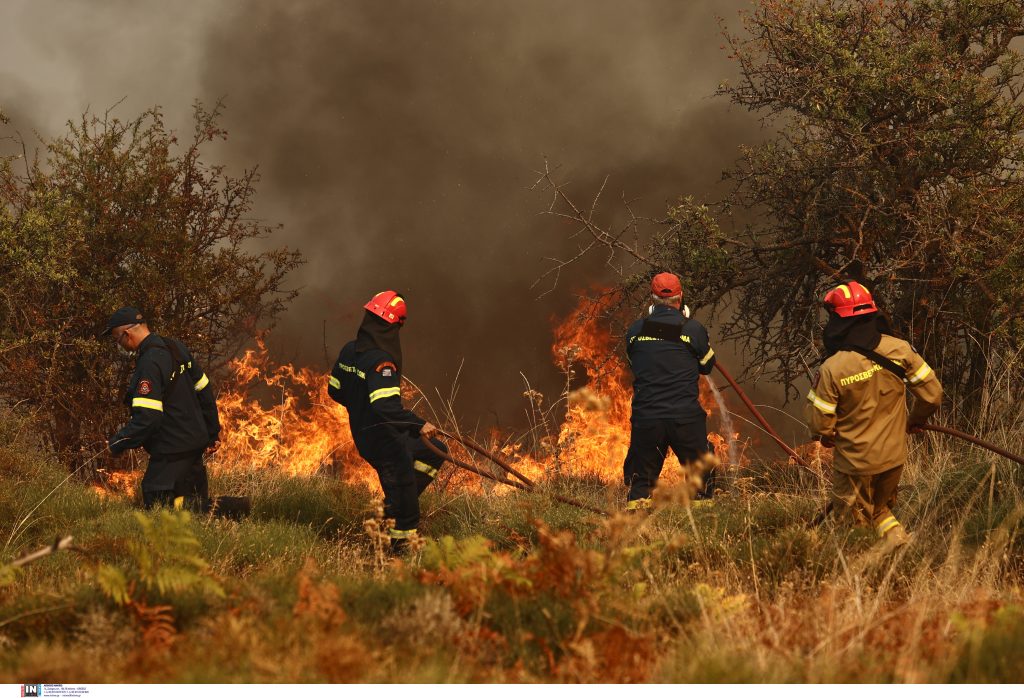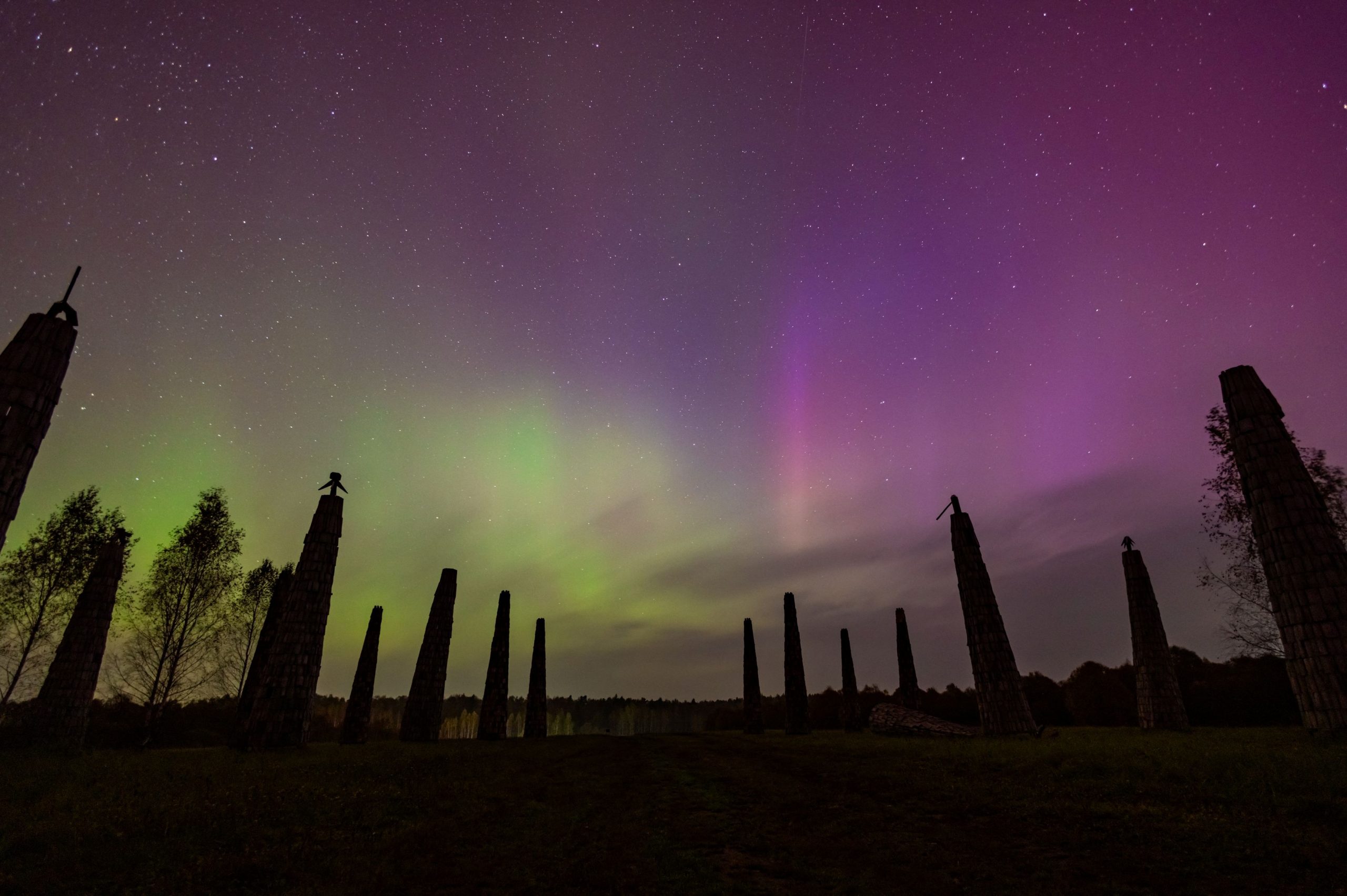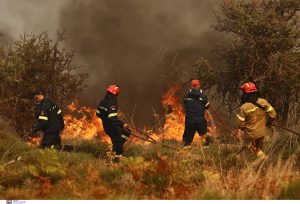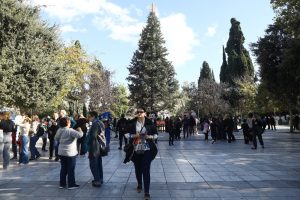Several regions of Greece witnessed a stunning show of northern lights on Thursday night, on account of the severe geomagnetic storm that struck earth.
It is the second time the phenomenon has been seen in Greece in just a year, which is a rarity so far south of the north pole.
Residents of the northern regions of Greece captured the rare astronomical phenomenon and posted photos of the red sky.
The solar storm was particularly noticeable on Mount Paiko, near Goumenissa, although reports also reveal that it was observed in Chortiatis in Thessaloniki, Moudania in Chalkidiki, Plagiari in Thessaloniki, Livadia, Evia, Crete, Lesvos, Corfu, and even Penteli in Attica.
#Βόρειο #σέλας στην 🇬🇷# Ελλάδα από το όρος Πάικο τώρα
📸 :Κωνσταντίνος Εμμανουηλίδης pic.twitter.com/lGuc1zPHa8
— Forecast Weather Greece (@ForecastGreece) October 10, 2024
The northern lights are traditionally seen in Scandanavian countries, often appearing as blue and green colors against the dark night sky, and are caused by the interaction of particles coming from the sun, also known as solar wind.
Depending on which gas molecules are ‘hit’ and where they are in the atmosphere, energy is created and is released as different wavelengths of light, according to the Guardian.
🌨️ #Χανιά: Κοκκίνησε ο ουρανός από το σέλας που έφερε η ηλεκτρική #καταιγίδα (φωτο) 📸 https://t.co/PjSgnmbmN9#Flashnews
— Flashnews.gr (@FlashNews_gr) October 11, 2024
In the case of a red aurora, the sky glows red due to nitrogen, while the more common color of green is caused by oxygen.
The US Department of Commerce’s foremost research and monitoring authority on the matter, National Oceanic and Atmospheric Administration (NOAA), noted that the geomagnetic storm reached level G4 (severe), which is considered to be a major disturbance in Earth’s magnetic field.
The northern lights is not dangerous for the general public but can lead to power fluctuations, degrade GPS signals, disrupt telecommunications, increase orbital drag on satellites and pose radiation hazards to crews and astronauts.
Ορατό από τη Θεσσαλονίκη το Βόρειο Σέλας (φωτο) https://t.co/eooXo6KehS pic.twitter.com/lHtPcm32Kr
— thestival.gr (@thestival) October 11, 2024
The northern lights, also the aurora borealis, are named after Aurora, the Roman goddess of dawn, and Boreas, the Greek god of the northern wind. The lights are expected to be stronger this autumn and winter than they have been for years.










